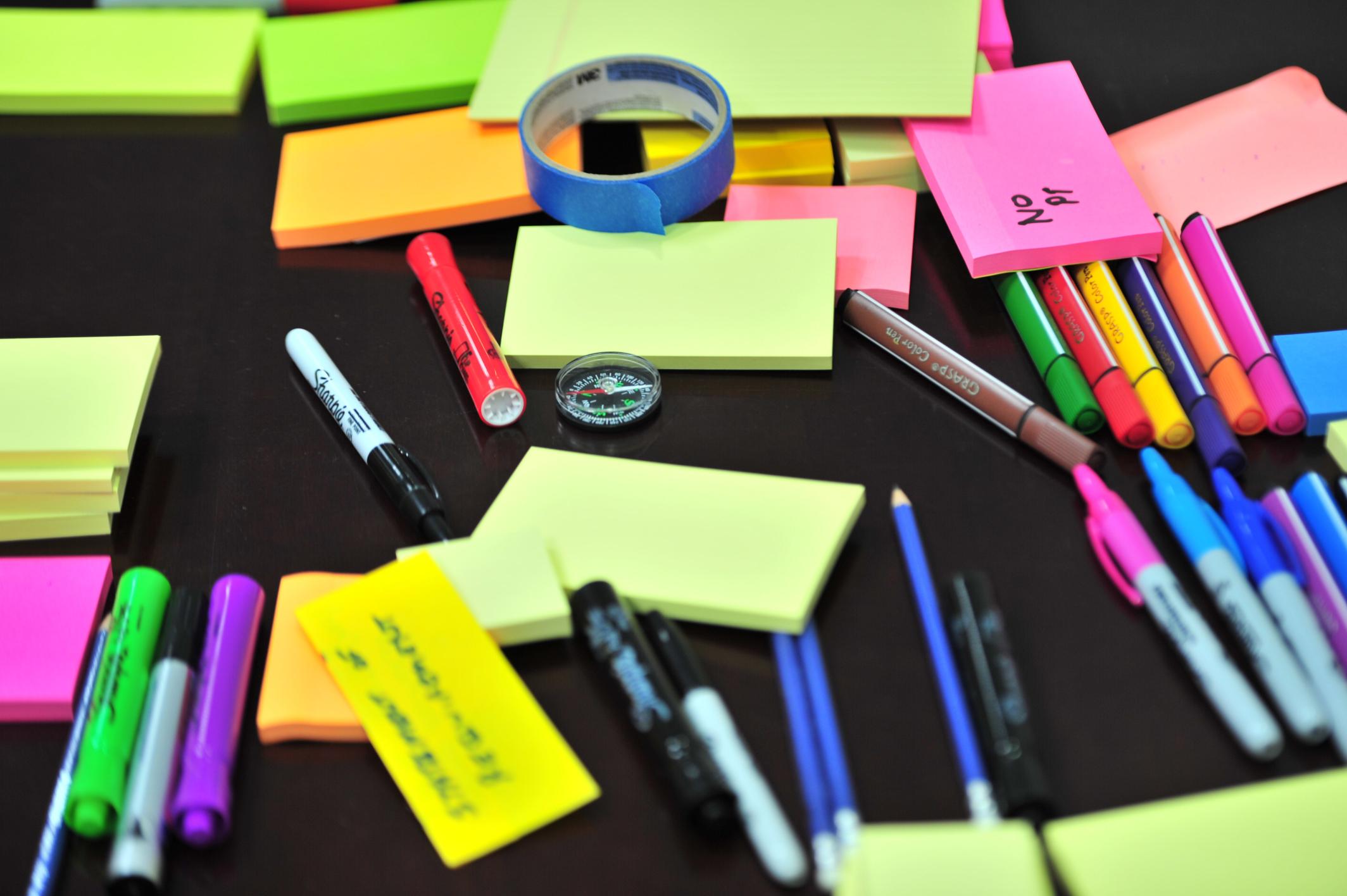1. Remote Learning: The COVID-19 pandemic forced schools to shift to remote learning, resulting in significant developments in online special education practices and accessibility.
2. Technology Integration: Schools and educators increasingly incorporated assistive technologies into special education settings, facilitating personalized learning experiences and accessibility for students.
3. Inclusion and Diversity: There has been a growing emphasis on inclusion and diversity in special education, including the promotion of culturally responsive teaching and the development of more diverse representation in instructional materials.
4. Individualized Education Programs (IEPs): Special education professionals have increasingly focused on developing effective IEPs, tailored to meet the unique needs of each student and ensuring their academic success.
5. Social-Emotional Learning (SEL): Schools have recognized the importance of addressing social and emotional needs in special education, with the integration of strategies and curricula to support students’ overall well-being.
6. Transition Planning: Greater emphasis has been placed on transition planning for students with disabilities, focusing on ensuring a smooth transition from school to post-secondary education, employment, and independent living.
7. Response to Intervention (RTI): Schools have continued to implement RTI frameworks to identify students’ individual learning needs early on and provide targeted interventions to support their progress.
8. Inclusive Classroom Practices: Educators have been increasingly encouraged to adopt inclusive classroom practices that benefit all students, regardless of their abilities, promoting collaboration and peer support.
9. Mental Health Support: Schools have recognized the importance of mental health support in special education, providing resources and programs that address the unique challenges faced by students with disabilities.
10. Universal Design for Learning (UDL): The use of UDL principles has become more widespread, aiming to optimize learning environments by providing multiple means of engagement, representation, and action and expression for all students, including those with disabilities.

